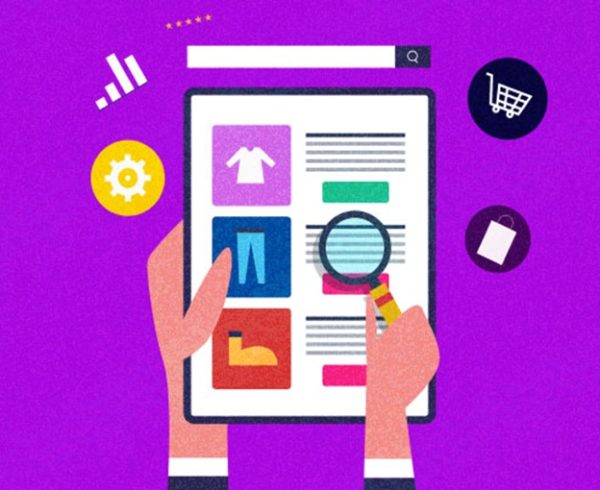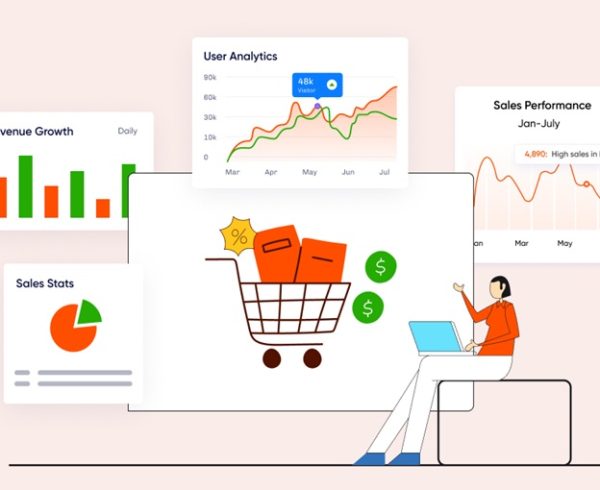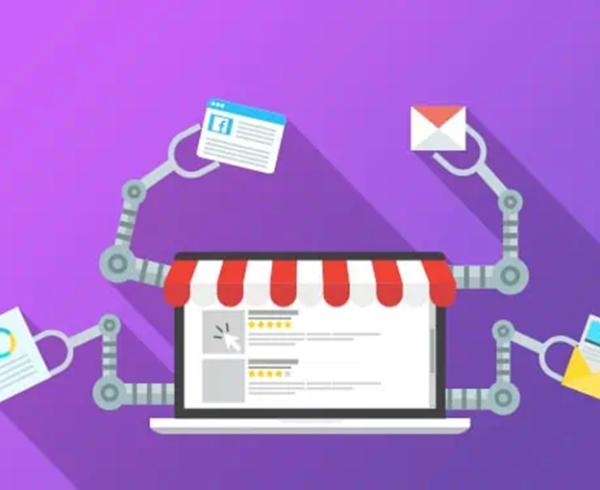Have you ever chosen one coffee shop over another simply because the logo felt right? Or trusted a new brand online just because their colors, tone, and visuals gave off a “professional and reliable” vibe? If so, congratulations you’ve experienced the invisible power of branding and identity design firsthand. In today’s saturated market, where consumers are bombarded with countless choices, decisions aren’t always logical. They’re emotional. That’s where the psychology of branding kicks in. Brands aren’t just built with fonts and logos; they’re crafted with intention, emotion, and identity. And when done right, they leave lasting impressions that go far beyond the first click or scroll.
Whether you’re launching a startup, refreshing your company image, or just curious about why certain brands feel more “human” than others, understanding the difference between branding & identity design is key. Identity design, on the other hand, is how that personality looks, feels, and speaks in a visual language. This article will dive into the psychology behind compelling branding, unpack essential brand identity elements, explore stand out branding & identity design examples, and discuss how design goes deeper than aesthetics it shapes how we feel, think, and connect with brands.
Branding and Identity Design: Know the Difference
Before diving into psychology, it’s crucial to clarify a common confusion: the difference between branding and identity design.
- Branding It’s the gut feeling people get when they hear your name, see your content, or interact with your customer service.
- Identity Design, It’s the colors, typography, logo, patterns, packaging, and even your business card.
In short: Branding is who you are; identity design is how you show who you are.
Understanding this distinction is key to creating a brand that connects emotionally and cognitively with your audience.
The Psychology Behind Great Branding & Identity Design
So, what makes some brands unforgettable while others fade into the noise?
The answer lies in psychology. Here’s how brands tap into our brains:
1. Color Psychology
Colors aren’t just pretty—they evoke emotion.
- Blue is often associated with trust and calm (think PayPal or Facebook).
- Red evokes excitement and urgency (Coca-Cola, YouTube).
- Green According to Whole Foods and Spotify, green feels natural and fresh.
2. Typography and Tone
Fonts carry subconscious meaning. A serif font may feel traditional and serious, while a rounded sans-serif font feels friendly and modern. Paired with the right brand voice, typography shapes perception.
3. Consistency Breeds Trust
Our brains love patterns. When a brand is consistent across its visuals and message, it feels reliable. This creates brand trust, a critical factor in customer loyalty.
4. Branding and Identity Design: Memory Triggers
Great branding design examples use repetition and simplicity. Think of the Nike swoosh or McDonald’s golden arches as simple symbols burned into memory thanks to consistent use and emotional storytelling.
The 5 Elements of Brand Identity
To design an identity that connects psychologically, you need to nail these core brand identity elements:
- Logo – Your visual stamp; must be scalable, versatile, and memorable.
- Typography – Reflects brand personality and tone.
- Imagery and Graphics – The look and feel across all platforms.
- Voice and Messaging – Consistent tone across written and spoken communication.
These five aren’t just decorative; they form the emotional and cognitive foundation of how your brand is perceived.
Branding and Identity Design Examples That Work
Let’s explore some branding & identity design examples that master the psychology game:
1. Apple
- Branding: Innovation, elegance, and simplicity.
- Identity Design: Clean lines, minimalist visuals, black-white-gray color schemes.
- Psychology: Feels high-end and future-focused.
2. Airbnb
- Branding: Belonging, community, trust.
- Design: Warm colors, friendly typography, human-focused imagery.
- Psychology: Evokes comfort and connection, especially in unfamiliar places.
3. Coca-Cola
- Branding: Joy, nostalgia, togetherness.
- Identity: Bold red color, flowing script logo, classic design.
- Psychology: Creates emotional ties to memories and celebrations.
These graphic design branding examples illustrate how visuals + emotion = lasting impact.
What Are Examples of Brand Identity in the Marketplace?
Looking around today’s marketplace, here are more examples of brand identity doing the work:
- Spotify: Neon green, modern fonts, animated design—techy yet fun.
- Mailchimp: Quirky illustrations, playful tone approachable for non-tech users.
Each of these shows how strategic brand identity elements tell a story before a single word is spoken.
Why Branding and Identity Design Matters More Than Ever
In 2025, consumers crave authenticity. They want brands that feel human. With the rise of AI, automation, and digital saturation, a brand’s emotional intelligence shown through design and message is its greatest asset.
So if you’re building a business or refreshing your look, think beyond logos and color wheels. Then use every element of design to support that emotional experience.
To sum up, effective branding and identity design isn’t just a marketing tool it’s a psychological framework. It taps into how we think, feel, and make decisions. Brands that understand this create deeper bonds, inspire loyalty, and stand out in even the most crowded markets. Whether you’re an entrepreneur or a designer, remember: Great branding is emotional, not just visual. Additionally, identity design serves as a link between your brand’s identity and how the public views it. Are you prepared to create a brand that makes people happy? Design with the heart and begin with the mind.







